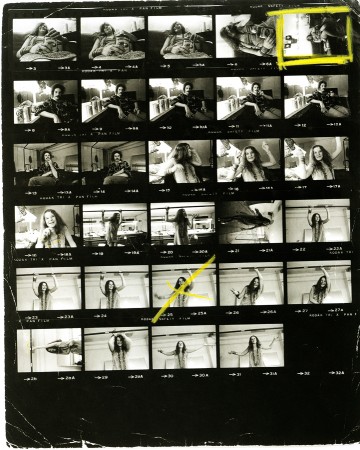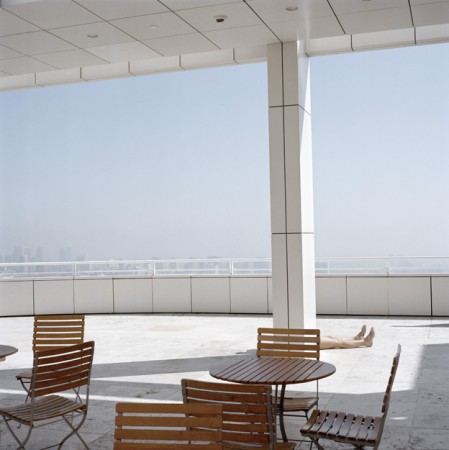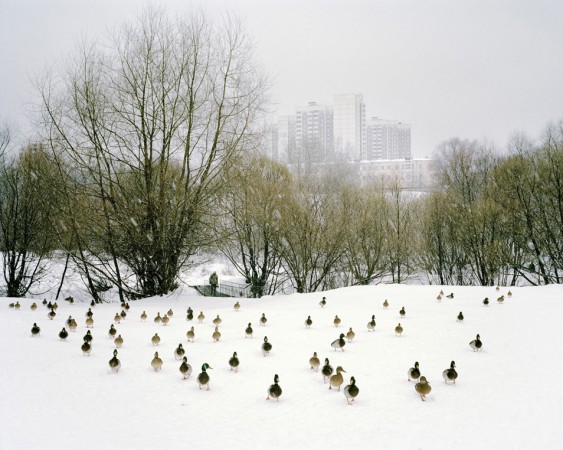Jim Marshall es un rockero. No sé si el hombre hacía música, pero dedicó su vida a ir de concierto en concierto y de camerino en camerino para sacar algunas de las mejores fotos de músicos que existen. Yo no le conocía, hasta que el año pasado me enteré de que había muerto. Puntualizo: no le conocía a él, aunque sí a muchas de sus fotos, que son ya símbolos del mundo del rock. Las más famosas son quizá las de Hendrix en Monterrey (quemando su stratocaster), las del último concierto de los Beatles, su serie del festival de Woodstock, algunas de Janis Joplin, y un larguísimo etcétera. También inmortalizó a grandes leyendas del jazz en los 50 (Coltrane, Miles, Ray Charles,…) El asunto es que en parte admiración y en parte curiosidad me llevaron a comprar el libro Jim Marshal: Proof. Se trata de una joya en la que aparecen varias decenas de sus fotos (famosas y no tanto) acompañadas de la hoja de contactos original con las marcas que Marshall hacía en ellas para dar instrucciones al laboratorio. El valor que tiene esto para entender las mecánicas del fotógrafo es incalculable. Es muy impresionante ver cómo trabajaba, haciendo veinte veces prácticamente la misma foto (con carretes de 36), como si la imagen ya estuviera compuesta en su cabeza antes incluso de disparar. De cada rollo elige una foto, a pesar de que en muchos de los contactos hay diez que son excelentes.
En el rock ‘n roll siempre se han admirado los instrumentos usados, rayados, sucios y maltratados, llenos de cicatrices producidas en cien escenarios. Pues bien, Marshall iba siempre con tres Leicas M4 colgadas del cuello y ÉSTA es una de ellas. Eso es rock ‘n roll.
Jim Marshall is a rocker. I do not know if he played music, but he devoted his life to going from concert to concert, getting backstage access to take some of the best photos of musicians ever. I did not know him until last year, when I found out he had passed away. To be more precise, I did not know him, although I knew many of his photos, which are now symbols of the history of rock music. The most famous are probably those of Hendrix at Monterey festival (setting his Stratocaster on fire), the Beatles’ last concert, his series at the Woodstock festival, Janis Joplin, etc. He also pictured many jazz legends in the 50s (Coltrane, Miles, Ray Charles ,…) Partially out of curiosity, partially out of admiration, I decided to buy Jim Marshall: Proof. This book is a gem that contains a collection of dozens of his pictures (famous and not so) accompanied by the original proof sheet with Marshall’s handwritten instructions for the laboratory on them. The value of this for understanding the mechanics of the photographer’s mind is incalculable. It is very impressive to see how he worked, taking 20 frames of almost the same photo (in rolls of 36), as if the image was already composed in his head even before shooting. Out of each roll, he singles out one image, even though on many of the proof sheets there are at least ten excellent ones.
In rock ‘n roll we have always admired instruments which have been scratched, used and abused, instruments that are full of scars made on a hundred stages. Well, Marshall used to carry three Leicas M4 hanging from his neck. THIS is one of them. That is rock ‘n roll.







